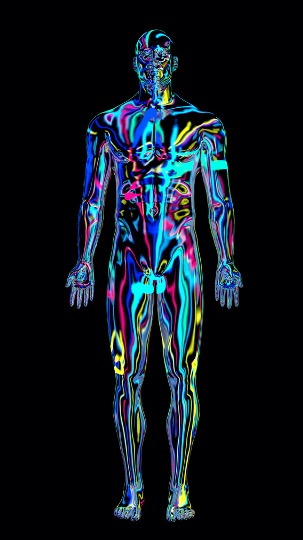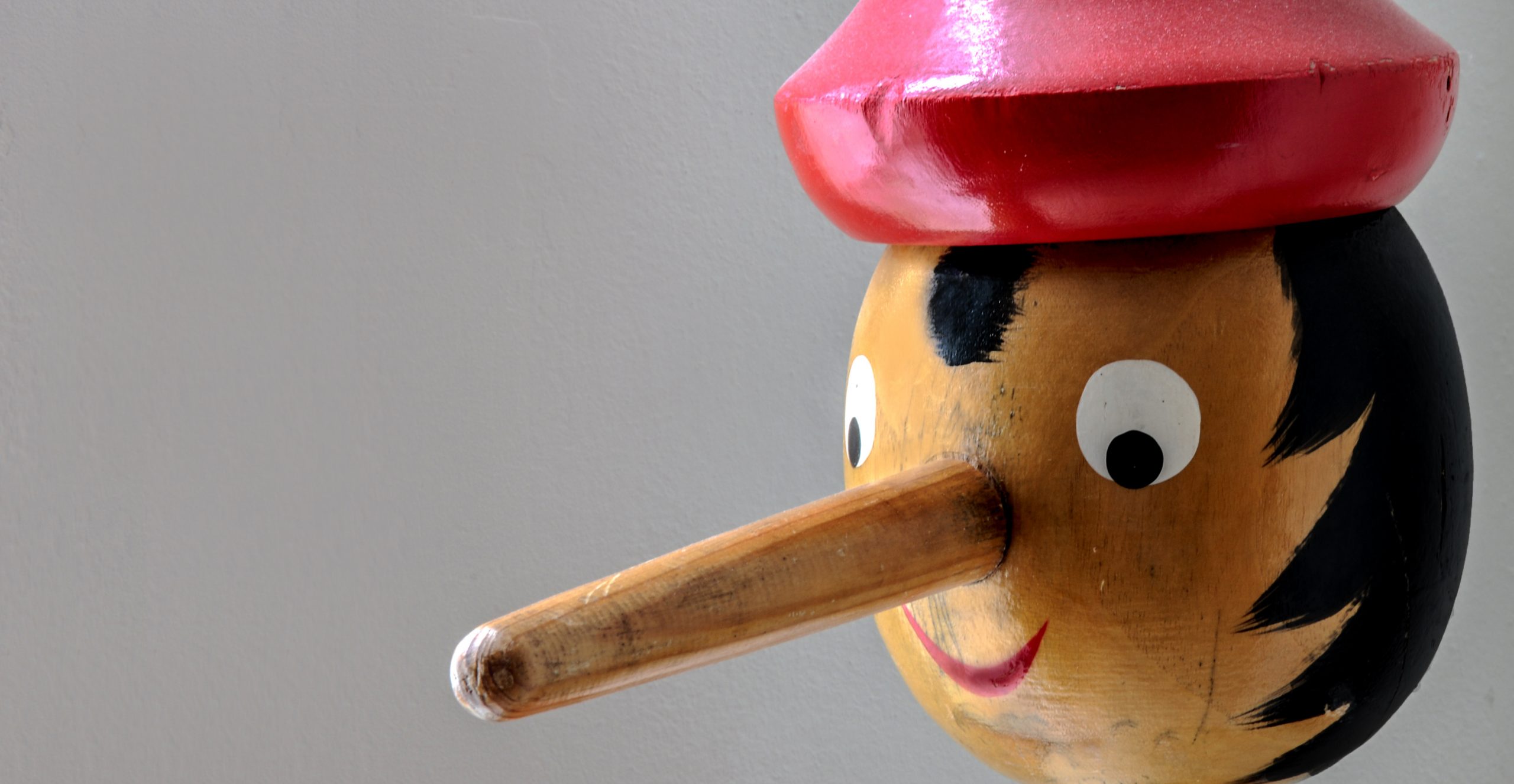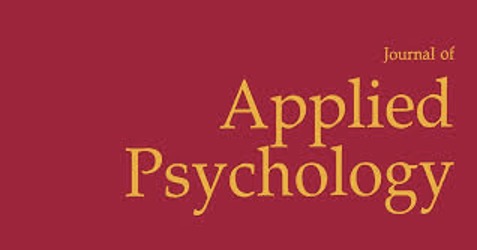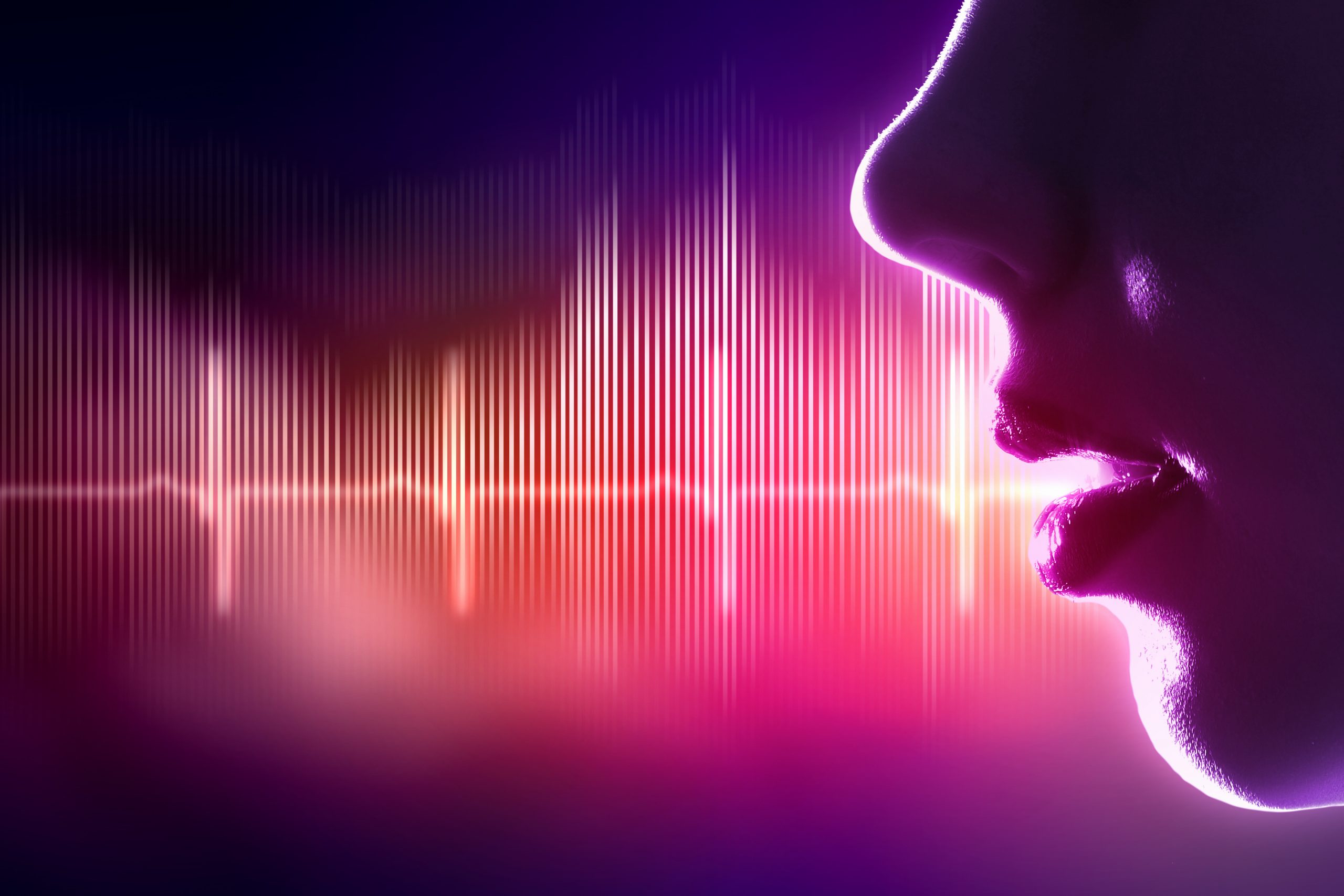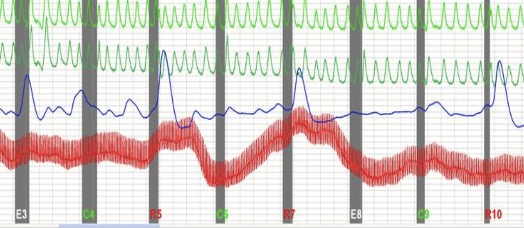Learn the truth about today’s lie detector tests or methods. See the pros and cons and accuracy rates of the most popular methods in use.
• It takes more thought to create bogus dates, times, places and people.
• It takes more thought to maintain consistency and believability in a fake story.
• It takes more thought to monitor behavior when questioned—to keep things believable.



